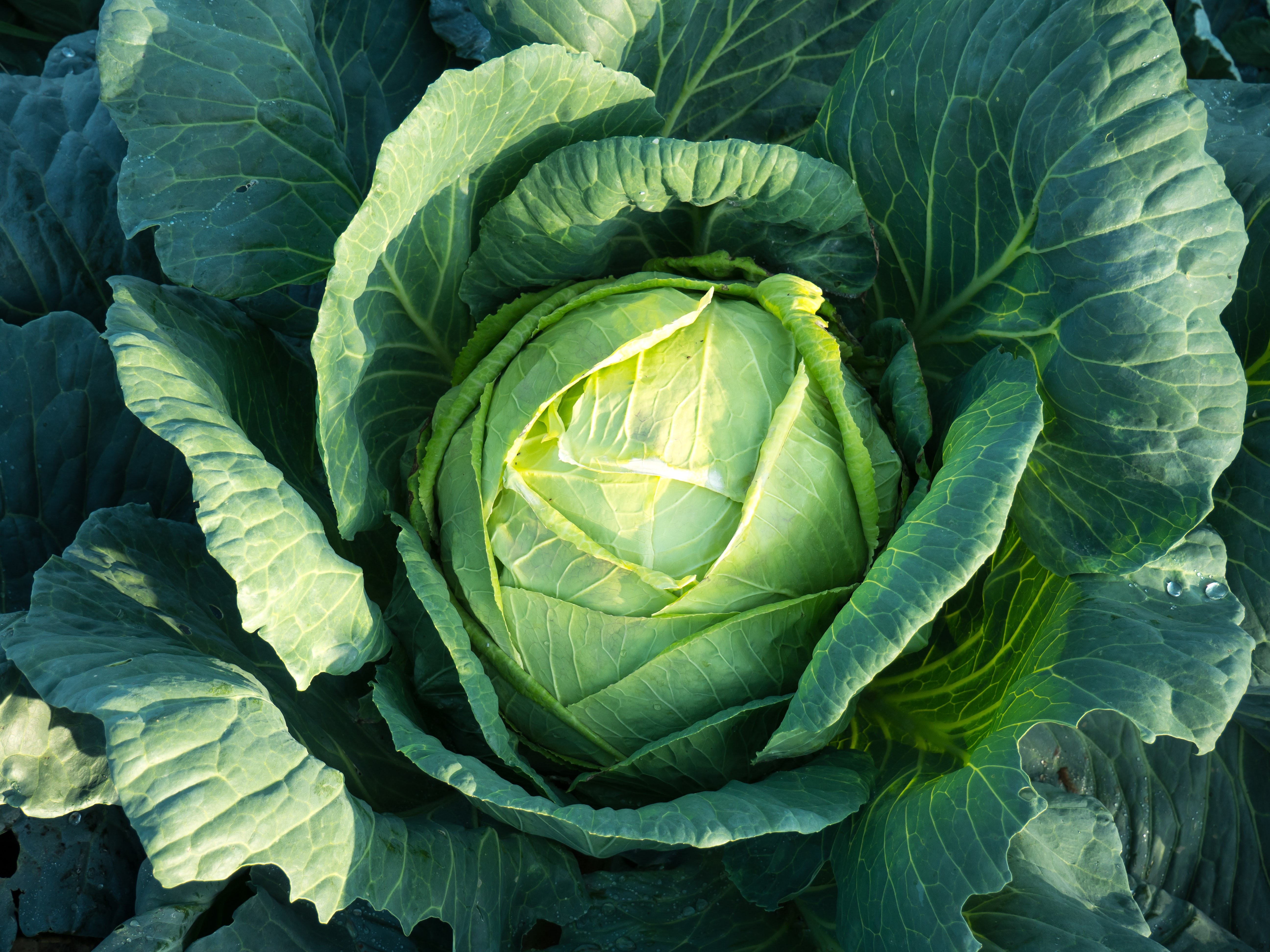22 Nov, 2019
Dr Megan Rossi’s 5 steps to a healthier gut
Despite the important functions of our gut microbiome, many of us know relatively little about this important topic. To mark her amazing new book, here Megan Rossi outlines five steps to a healthier gut. Over to Megan…
HealthYour gut microbiota (GM) is a wonderful, complex and thriving community made up of trillions of microbes that call your intestine home. Your GM is incredibly powerful – in fact, this newly appreciated organ is pretty much essential to whatever your health goal is. It’s not only capable of thousands of functions, going well beyond what we could achieve on our own, but it has also been linked with successful weight management, improved fitness levels, healthier skin, boosted immunity and even our happiness. What really blows my mind is that, unlike our genetic make-up, over which we have no control, we have the ability to shape our GM simply by how we treat it – which means that a big part of our personal health is in our hands. So here are five simple steps to a healthier gut.
1. Fill your plate with plants
From fibre to prebiotics and polyphenols, there is no question that plants are our GM’s favourite food. As a general guide, when it comes to getting in your gut-boosting fibres, the evidence suggests that adults should be aiming for at least two pieces of fruit, five portions of vegetables, three portions of wholegrains and one to two portions from nuts, seeds or legumes each day. For those into number-crunching, this will generally deliver around 30 grams of fibre, which is in line with most national fibre recommendations for adults.
(If you'd like a plant-based diet delivered to your door, say hello to our freshly prepared meal plans).
2. Diversity all the way
75% of the world’s food is generated from only twelve plant and five animal species. Essentially, this means that both our taste buds and our GM are missing out on so many foods. The consequence? The restricted diet is thought to starve off microbes that require a diverse nutrient supply, and may very well explain why, compared to our ancestors, our GM diversity as a population really has taken quite the hit. The more diversity in your plant-based diet, the more diverse the nutrient supply for your GM. All in all, this equates to a well-fed and diverse range of happy gut microbes, each with their own unique skillset to complement ours.
3. Herb and spice up your life
We often forget the power of herbs and spices, but not only do they add more polyphenols (a class of phytochemicals, which is just the sciencey name for a group of plant chemicals) to your diet, they can seriously boost the flavour of your meals. There’s a whole other world of flavours waiting for your taste buds (and GM) to discover. Keep a range of dried herbs and spices on your kitchen top as a daily reminder.
Start by adding a small amount to your frying pan (two shakes) and taste as you go. If you’re just starting out in the kitchen, opt for the pre-mixed herb and spice combinations, and just start with one per dish. If you’re only adding small amounts and tasting as you go, it’s hard to go wrong, but here are some basic combos to build your confidence:
- LEGUMES: Cayenne, chilli, cumin, parsley, sage, thyme
- STIR-FRY: Basil, bay leaves, celery seed, chilli, cinnamon, curry, dill, fennel, garlic, ginger, oregano, parsley, rosemary, smoky paprika, thyme
- SALAD DRESSINGS: Basil, celery seed, chives, dill, fennel, horseradish, mint, mustard, oregano, paprika, parsley, pepper, saffron
4. Get among legumes (beans and pulses)
The under-rated ‘superfood’ group loaded with prebiotics and fibre, they’re one of the most cost-efficient, nutrient-dense, widely available foods.
5. Dabble in fermented food
Potential benefits of traditional fermented foods are that they can increase concentrations of vitamins such as folate, riboflavin and B12, may remove/reduce toxins and antinutrients in food and that they contain beneficial compounds such as organic acids which may help to reduce blood pressure, improve blood-sugar control and support the immune system. It really is the ultimate way to engage with our microbial residents, not to mention the incredible flavours and textures that result.
Some of my favourites include: Japanese natto (soybeans), Korean kimchi (cabbage), Slavic kvass (a non-alcoholic rye drink), Mexican pozol (a corn drink), Ethiopian injera (teff flatbread), Indian dhokla (steamed breakfast cakes), Indonesian tempeh (soybean cake), just to name a few . . .
Like dietary fibre, going from little to loads of fermented food within a few days can, in some people, trigger gut symptoms such as extra gas and bloating – think microbial party in a normally quiet neighbourhood. It’s best to gradually increase the amount in your diet over several weeks.
Eat Yourself Healthy by Dr Megan Rossi is published by Penguin Life, Priced £16.99.



